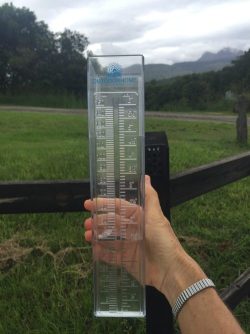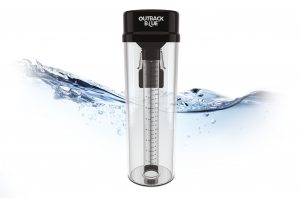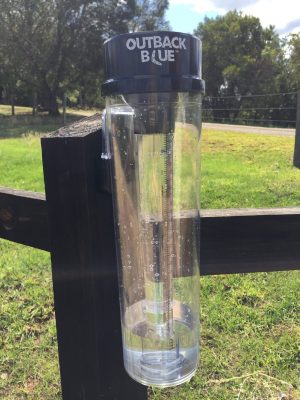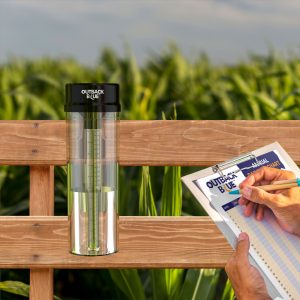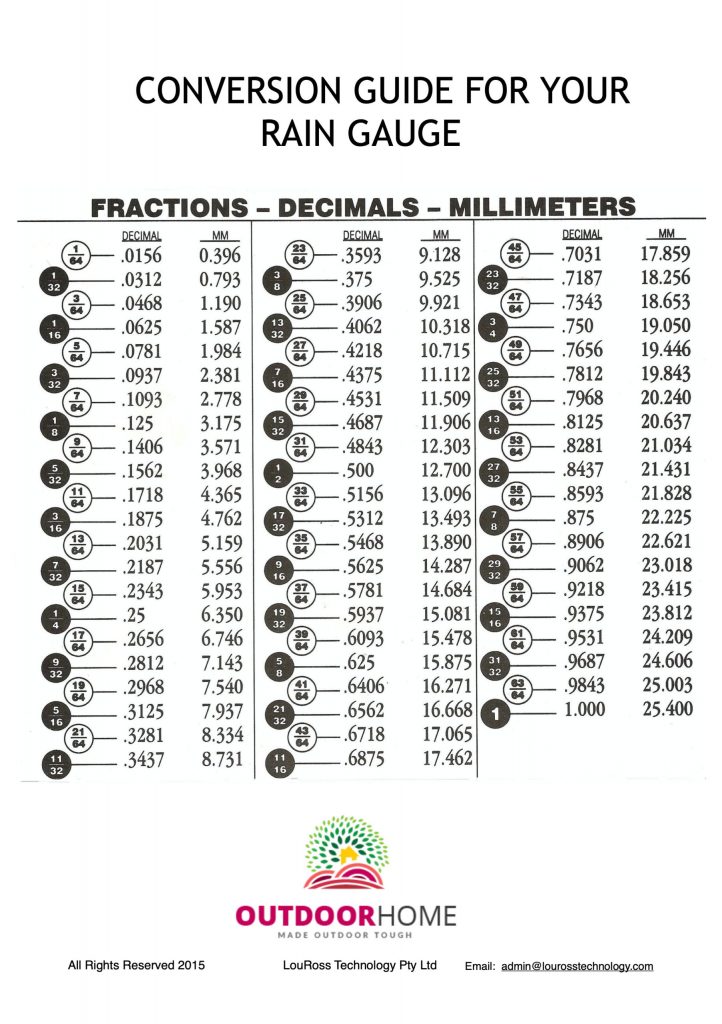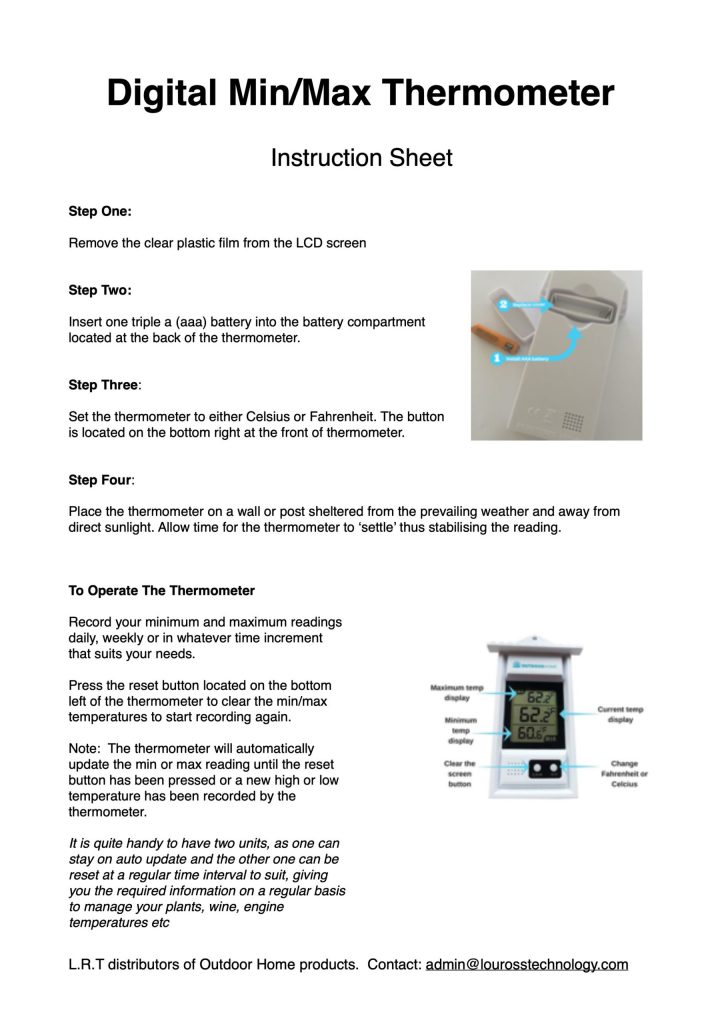If you're tired spending your money on a rain gauge, only to find it cracks, splits or goes cloudy in a short time? There is a solution and you're going to love it.
You're probably thinking rain gauges are all made of plastic and resign yourself to the fact that they don't last very long when exposed to the elements.
Yes, you are right. However, not all plastic rain gauges are equal. Plastic is plastic so how can a plastic rain gauge be different?
The secret is in the TYPE of plastic materials used to make the rain gauge.
Living in Australia our climate is pretty harsh, with strong sun and a high UV index to boot. These tough climatic conditions play havoc with some plastics. That's why most Aussie plastic furniture, pot plant tubs and other outdoor items like rain gauges deteriorate fast in the sun, they go powdery, crack making them look tired and ugly. It's so disappointing when this happens.
Our Aussie based company has done years of research and testing to come up with the BEST rain gauges for durability and reliability, so you don't have to keep wasting your money on another disappointing rain gauge.
RAIN GAUGE #1:
Introducing the highly rated Outdoor Home Heavy Duty Rain Gauge. This sturdy rain gauge is a post mount garden rain gauge with a 6 inch rain fall collection capacity which is more than enough capacity for most rain fall volumes.
The secret to this tough rain gauge is as I mentioned earlier in the plastic... Can you guess the type of plastic we use?
This ever popular rain gauge is crack-proof and doesn't show discolorations from long periods of exposure to the elements
Apart from using this rain gauge for fun weather recording or professional activities, it's a great gift idea for your avid gardener and greenhouse friends.
RAIN GAUGE #2:
Outback Blue Large Capacity Rain Gauge.
This tough rain gauge is a post mount professional style gauge with a huge 11 inch collection capacity. This style of rain gauge is what some weather monitoring organisations use to record the rainfall.
This beauty has an inner and outer collection tubes and will collect small sprinkles of rain or monsoonal type downpours.
This rain gauge is tough and looks just like new even after years in harsh sunlight.
So there you have it! Two tough, reliable rain gauges that will get the job
done giving you years of enjoyment. Both made in Australia using high quality plastic. Have you guessed the type of plastic yet?
NOW THE SECRETS OUT!
The secret plastic a quality rain gauge has that keeps it not only looking great and prevents it from cracking or discolouring is - POLYCARBONATE PLASTIC
You can purchase our rain gauges on Amazon here:
Alternatively if you live in Australia:

